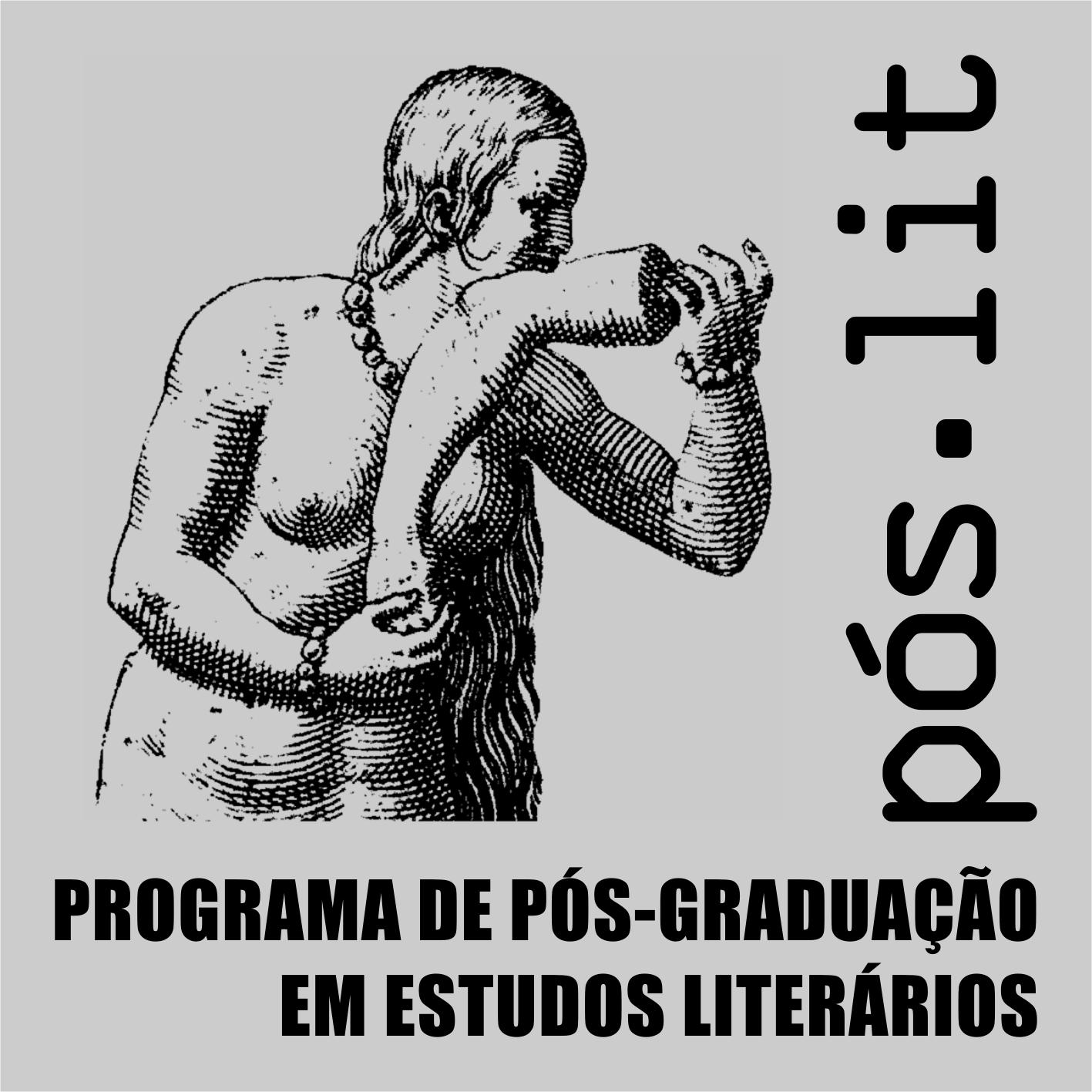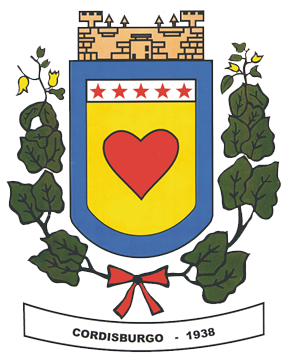Development
|
We assume that in Guimarães Rosa “geography and fiction are mixed ...” (BEZERRA, Marily da Cunha; DIETER, Heidermann, 2006, p.6, our translation) 11 ; and if that is the case, then those who translate narratives of the Sertão must first have access to this locus, which we call the Rosian Sertão; in fact, Rosa himself said: I must explain myself. At first, a love of geography came to me through the paths of poetry - the immense poetic emotion that rises from our land and its beauties: the fields, the forests, the rivers, the mountains; the plateaus, peaks and valleys, floodplains and crags, caatinga and restinga, hills and horizons, the great eternal body of Brazil. Thus, I had to seek out geography. 12 The investigative strategy, therefore, is to bring translators and researchers to the city of Cordisburgo to produce ever more accurate and improved translations, translations that contemplate the many facets of the work; that is, we want to carry out an event that brings translation activity from the outside world to the backlands and improve the diffusion of the Sertão in the world.
In addition, in Minas Gerais I'm a Mineiro. And this is the important thing, because when I write I always feel transported to this world, to Cordisburgo. (our translation) 13 No doubt this Rosa’s backlands are not limited to Cordisburgo. However, the city, with its immaterial patrimony, is at the heart of the author’s heart. This ‘town of the heart’ is thus an “ecoliterosystem” that spreads deep in the earth, being formed of springs of water, mines of iron, gold and precious stones, regional arts and the art of the whole world. Researchers of Rosa’s Sertão, i.e., scholars of Guimarães Rosa and his translations are, like Rosa himself, cosmopolitan researchers with a ‘high linguistic vocation’. Everything that surrounds them goes through language and is situated in a specific and peculiar space. To them, knowing more means translating better; thus, we will gather a small number of influential translators, starting with the German language, in the city of Cordisburg with a view to taking the world (translators of Rosa’s work) to Cordisburgo to enable them to briefly enjoy the Sertão in accommodations at the heart of Minas.
11 BEZERRA, Marily da Cunha; DIETER, Heidermann. “Viajar pelo sertão roseano é antes de tudo uma descoberta!”, in: Estudos Avançados 20 (58), p. 6, 2006; our translation. 13 GUIMARÃES ROSA, J. Ficção completa (Diálogo com Guimarães Rosa e Günter Lorenz), vol. 1, p. XXXV. Rio de Janeiro: Nova Aguillar, 2009; our translation. |









